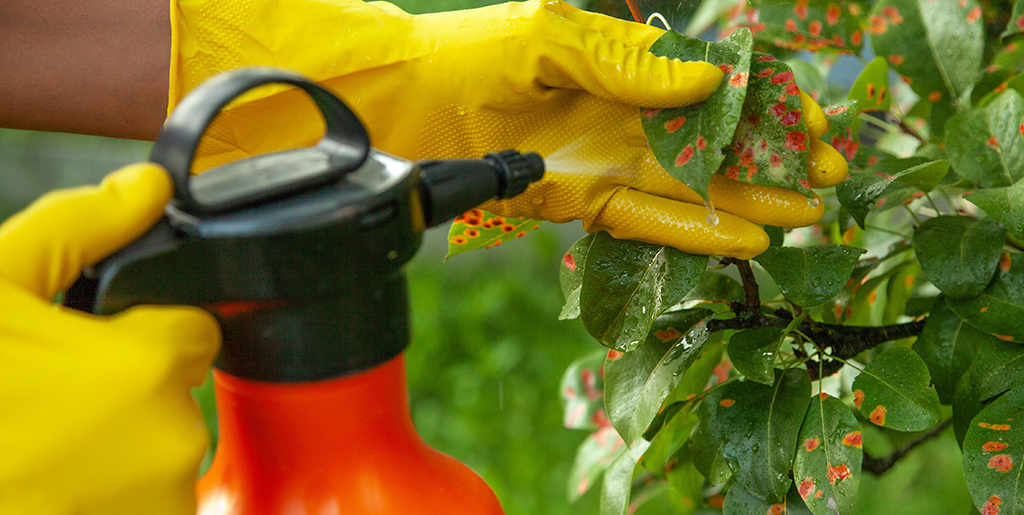Disease management requires staying one step ahead of bacterial and viral threats. The 2020 growing season poses many risks to globally significant produce – your best defence against the changing face of crop disease is staying informed by the latest research and being equipped comprehensive organizational data on your produce. Below are some of the most topical diseases for major crops like citrus, bananas, tomatoes, potatoes and apples.
Potato Virus Y (PVY)
Potato Virus Y (PVY) has presented with increased prevalence in the past 10 years. Its capacity for seed degeneration has created limited field production cycles as well as increasing risk for potato rot. There is currently no remedy for infected plants. Previous strains of the virus were more visually detectable, but also had a higher likelihood of killing infected plants. PVY is wide-spread, with more recent concerns mounting in North America.
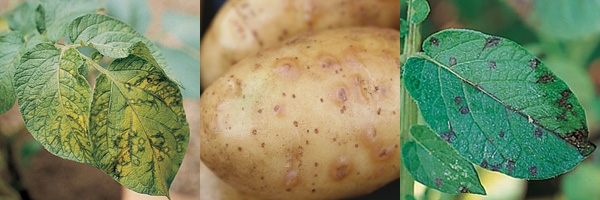
The path forward
According to a study done by researchers at the University of Idaho, plants are most susceptible during the first three weeks of growing season, meaning potatoes develop resistance with age. As aphids are carriers of the virus, insecticide protection during the seed propagation is recommended. Follow-up research is now being conducted on how to best protect crops during the most vulnerable growth period, with evidence of natural resistance to Potato Virus Y in a strain recently found.
Citrus greening disease - huanglongbing (HLB)
Citrus greening disease is not new, but producers and researchers alike are anticipating a tough growing season ahead in the fight against this condition. Identified at the beginning of the twentieth century in China, the huanglongbing disease (HLB) depletes the energy of citrus trees and greatly inhibits fruit production. HLB spreads through a microbe called Candidatus Liberibacter asiaticus, which is transmitted by insect carriers and infected bud grafts. The fruits of citrus trees with HLB drop early, and are often smaller and irregularly shaped. An early indicator of the infection is leaf discolouration. Unfortunately, the indicators of infection are slow to appear – typically presenting within six to twelve months. This means that transmission to healthy trees cannot be fully managed by removal of specifically impacted trees in a grove due to this delay in display of symptoms.Trees will typically die from illness in two to six years.
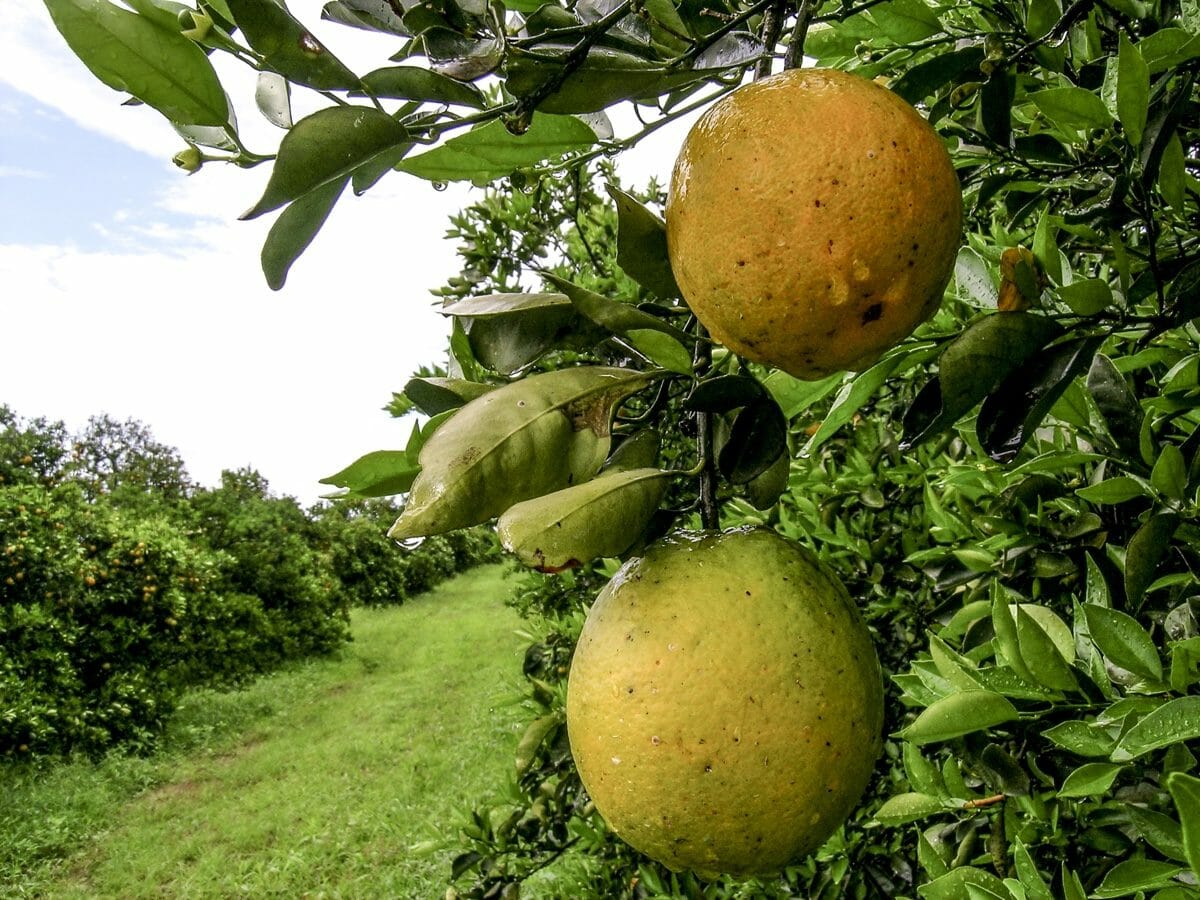
This year, citrus greening disease is poised to impact prime production regions for citrus fruits, most notably being Central America, and US states such as Florida and California. El Salvador has declared a phytosanitary emergency as of last month and the disease has had ongoing concerning consequences for Floridian growers. Though researchers have detected HLB in California broadly, it has yet to affect commercial use lands.
The path forward
Since spraying insecticides to combat HLB proves to be costly and lack long-lasting effectiveness in the face of insect resistance, there is great pressure to find additional means to producing healthy groves. One approach in the making involves developing new, disease tolerant root stocks to genetically engineer types of oranges that are more resilient than traditional ones. Another tactic has scientists at the University of Florida chasing virus-derived tools. The Citrus tristeza virus (CTV), when manipulated, can become a drug-delivery vehicle equipped with HLB-killing proteins. The CTV particles would be injected into young trees - once matured, its shoots could then be grafted onto both healthy as well as HLB-infected trees. Prevention methods developed by growers in China feature a three-pronged approach, including planting bacteria-free saplings, removal of infected trees, and close monitoring and suppression of disease-carrying insects.
Tomato Brown Rugose Fruit Virus (ToBRFV)
The Tomato Brown Rugose Fruit Virus (ToBRFV) belongs to the group of tobamoviruses, and affect primarily tomatoes and peppers with fruits developing a rough texture and spotting, as well as malformations and irregularities in ripening. Infection is thought to occur through seed, propagation material or contact through contaminated tools and workers. Infected plants will have discoloured leaves, with dark or brown marks on flowers. Greenhouse producers are particularly vulnerable to ToBRFV, when plants are thinned, transplanted, pruned or trellised. Some evidence also suggests that bumblebees used to pollinate greenhouse crops may also be contributing to transmission of the virus.
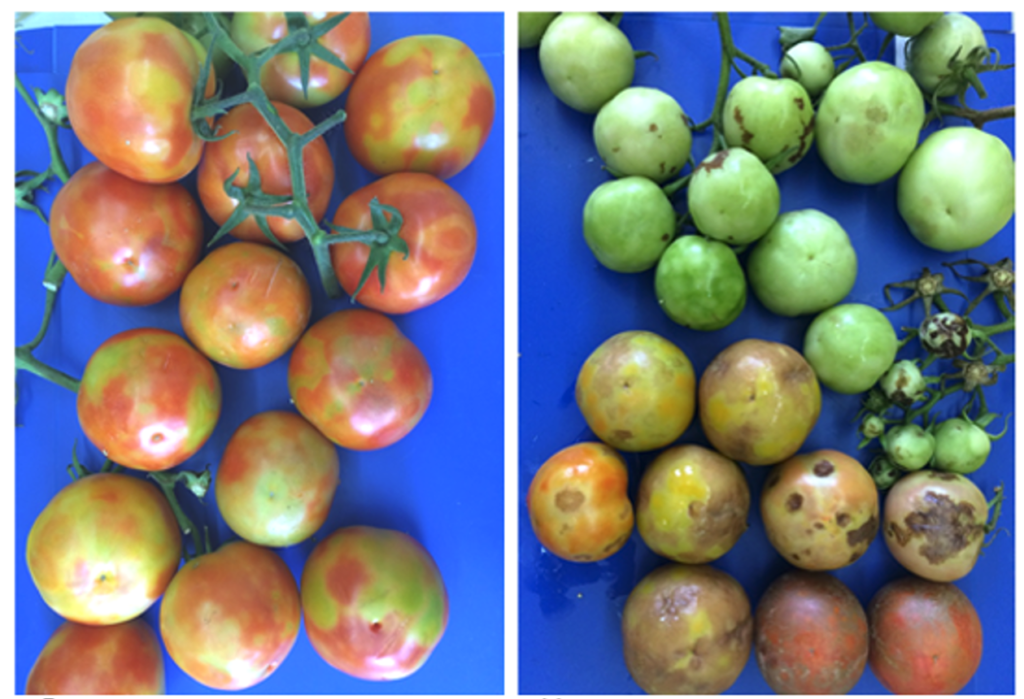
The path forward
The ToBRFV has most recently spread to France and Spain, with outbreaks previously found in other European countries, North America, the Middle East and Asia. Due to the disease being found at the seed level, management practices include ensuring seedlings are healthy, and being vigilant when isolating symptomatic plants. ToBRV is associated with seed coat, not the embryo, and so infected seeds could be treated with hot water or steam. Developed plants must be burned to destroy chances of infection spread.
Fusarium Tropical Race 4 (TR4)
A soil-borne fungus that affects commercial banana plants, the Fusarium Tropical Race 4 (TR4) – also known as Panama disease – is putting 80% of the global production of the Cavendish banana at risk. The Fusarium fungal spores can remain dormant in soil for more than 30 years, according to the FAO. When infected, the first signs of disease are wilting, followed by the yellowing of older leaves. Fruits do not present symptoms, nor do infected suckers, with the asymptomatic period remaining for up to 4 months. The fungus can spread easily between plants, and carried on clothing, equipment, or the soles of shoes. If left unmitigated, entire banana plantations can be destroyed, greatly impacting the global production worth $10 billion (USD) annually. Infested plantations have been detected in South-East Asia and Pakistan, Jordan, Mozambique, and Australia, with Latin American countries such as Colombia employing quarantine efforts after a small outbreak, and neigbouring Ecuador being on high alert for developing signs of TR4.
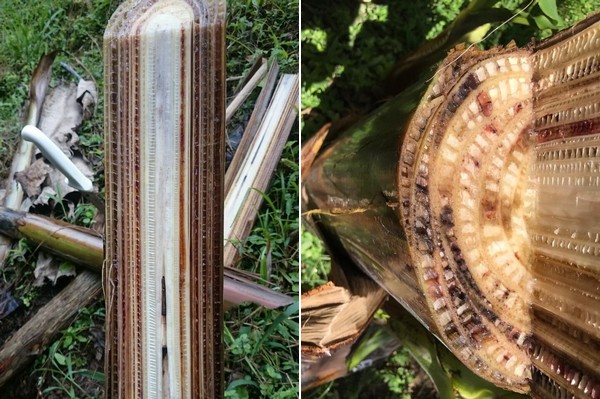
The path forward
As current methods for disease containment are not entirely effective on TR4, Cavendish banana plantations must prioritize quarantining and prevention practices. The virulence of this fungal disease highlights how vulnerable ultra-intensive cropping practices are, particularly when the industry is focused on a single variety. In the longer term, the threat of total plantation wipe-out poses an opportunity for varietal change, and a reintroduction of biodiversity to commercial banana farming.
Fire Blight
Apples are vulnerable to many ailments, but it is fire blight that is presently creating concern. The previous growing season proved to be difficult for producers in the US, particularly as climate change affects predictable temperature trends. With warmer spring temperatures creeping northward, so does fire blight. The blight can be categorized into two types, affecting blossom or shoot. A new development in shoot-related fire blight causes shoots to grow faster, subsequently leaving the plant susceptible to harm. Infection during bloom season is also a relatively new development for northern producers, due to higher spring temperatures. The trellis-style orchard structure that is used for contemporary apple growing produces higher yields than traditional, older tree orchards, but the thinner, more closely planted trees are at greater risk of spreading fire blight.
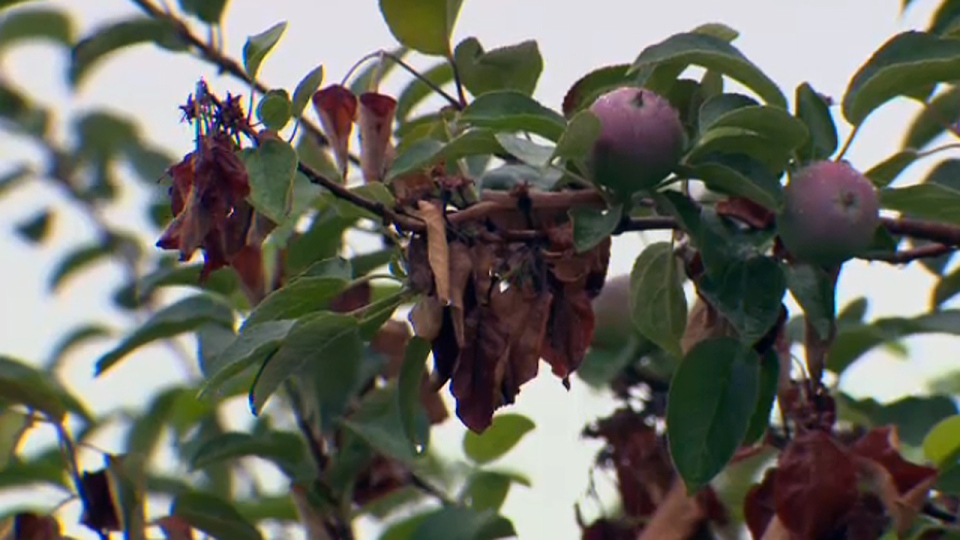
The path forward
Since fire blight itself is not new, there are a variety of disease management practices established to curtail the spread. Some of these include early infected blossom removal, pruning, and growth regulators. Spraying antibiotics and mineral-based treatments remain effective, though being precise on when to spray is critical. Michigan State University offers an online weather model that provides information on when it is most worthwhile to apply treatments. Alternating apple varieties throughout an orchard may also prove to slow the spread of fire blight.
Thankfully, none of these diseases are food safety risks, but the economic devastation they can potentially wield cannot be underestimated. As research continues in each agricultural context, continued proactive monitoring can improve the likelihood of a successful harvest. Platforms like Croptracker get you organized for executing precise traceability, precise chemical tracking and application, and harnessing powerful crop scouting technologies – disease management starts with data.
Interested in learning more about Croptracker? Learn more about our Farm Management Software, or book a demonstration to schedule a meeting with our product experts.
And as always, if you're ever stuck, never hesitate to e-mail us at support@croptracker.com or Live Chat with us by clicking the green speech bubble ![]() in your bottom right-hand corner. We're always happy to help you make the most of Croptracker to make your farm more efficient, safer, and more profitable!
in your bottom right-hand corner. We're always happy to help you make the most of Croptracker to make your farm more efficient, safer, and more profitable!
